Solar cell
Introduction
A solar cell, also known as a photovoltaic cell, is an electrical device that converts the energy of light directly into electricity by the photovoltaic effect. This is a physical and chemical phenomenon that involves the creation of electric current in a material upon exposure to light. It is a form of photoelectric cell, defined as a device whose electrical characteristics, such as current, voltage, or resistance, vary when exposed to light.
History
The development of solar cells started in the 19th century when it was observed that certain materials generate electric current when exposed to light. In 1839, French physicist Alexandre Edmond Becquerel discovered the photovoltaic effect while experimenting with a solid electrode in an electrolyte solution. He saw that voltage developed when light fell on the electrode.
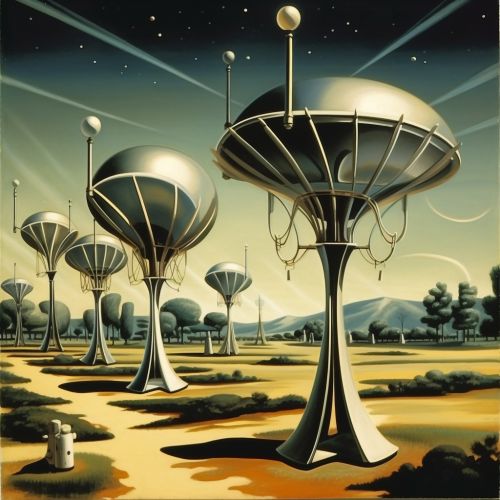
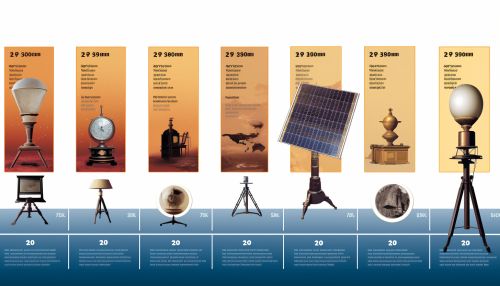
Types of Solar Cells
There are several types of solar cells, each with their unique properties and applications.
Monocrystalline Solar Cells
Monocrystalline solar cells are made from a single crystal structure. They have the highest efficiency rates since they are made out of the highest-grade silicon.
Polycrystalline Solar Cells
Polycrystalline solar cells are made from silicon. Unlike monocrystalline-based solar cells, polycrystalline solar cells do not require the Czochralski process. Raw silicon is melted and poured into a square mold, which is cooled and cut into perfectly square wafers.
Thin-Film Solar Cells
Thin-film solar cells are made by depositing one or more thin layers of photovoltaic material onto a substrate. The main advantage of thin-film technology lies in mass production.
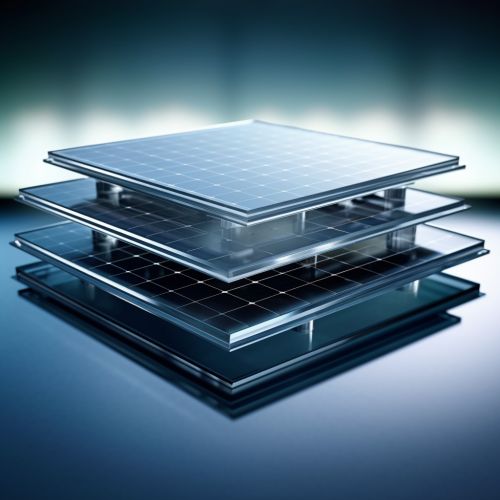
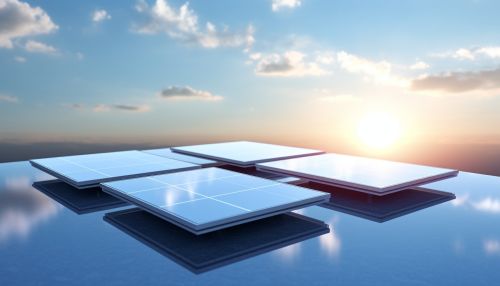
Efficiency
The efficiency of a solar cell is the percentage of the solar energy to which the cell is exposed that is converted into electrical energy. The efficiency of a solar cell is one of the important parameters that determines the final power output.
Applications
Solar cells find many different applications. Individual cells are used for powering small devices such as electronic calculators. Photovoltaic arrays generate a form of renewable electricity, particularly useful in situations where electrical power from the grid is unavailable such as in remote area power systems, Earth orbiting satellites and space probes, handheld calculators or wrist watches, remote radiotelephones and water pumping applications.

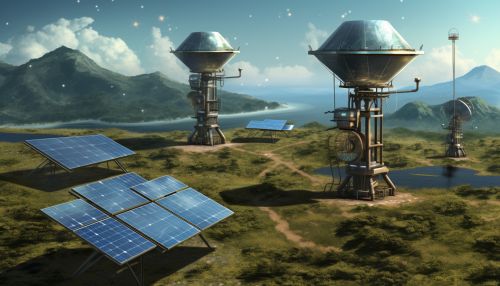
Future Developments
The future of solar cells lies in new technologies, such as quantum dots, organic solar cells, and perovskite solar cells. These technologies promise to significantly increase the efficiency of solar cells and reduce their manufacturing costs.
